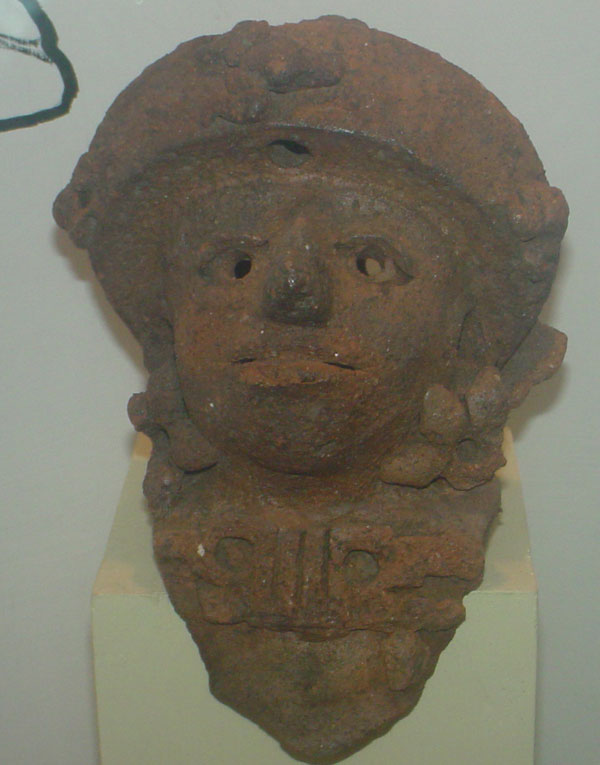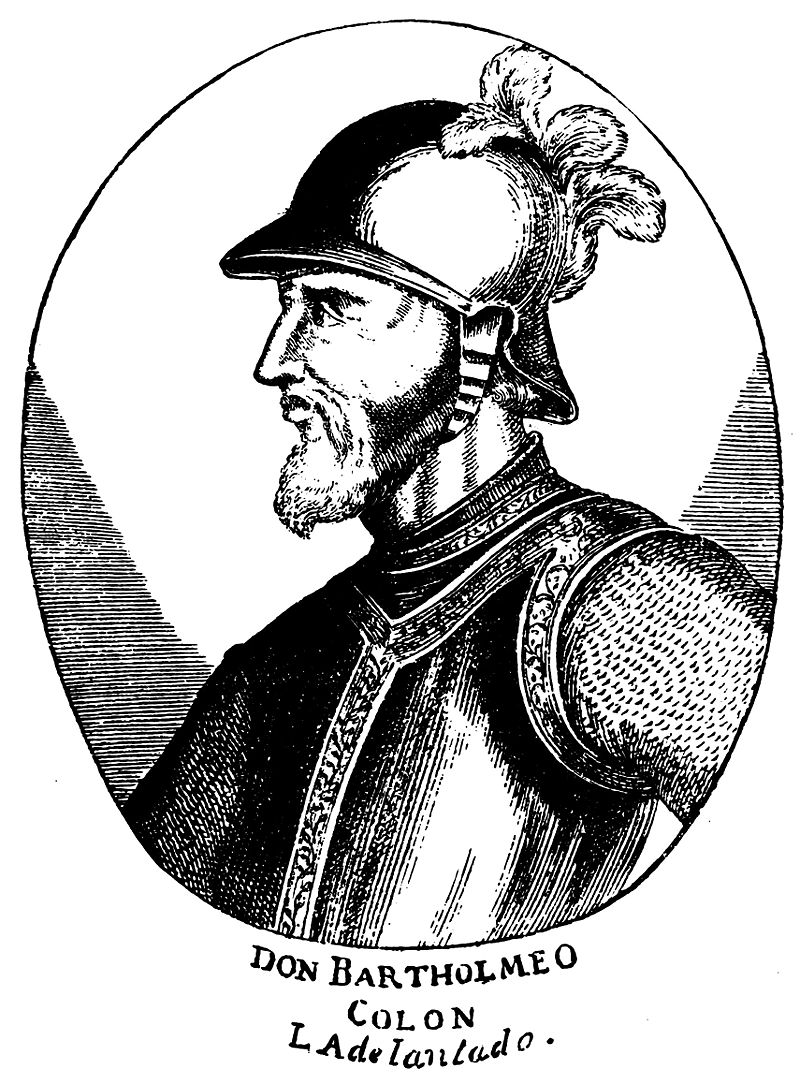A History of Roatan
“very robust people who adore idols and live mostly from a certain white grain from which they make a fine bread and the most perfect beer.”- Bartholomew Columbus
Paya Indians
The first known inhabitants of the island were Paya Indians. Their pottery and small sculptures, called Yaba-ding-ding, are unearthed every day across the island. Little is known of these people but when Columbus discovered the Bay Islands in 1505 (his 4th voyage) his brother Bartholomew went ashore to meet them. There is some debate over whether he was the first European to set foot on the Bay Islands, but he does provide us with the first written record of the islands. He writes that the Paya Indians were a “very robust people who adore idols and live mostly from a certain white grain from which they make a fine bread and the most perfect beer.” And so, Bartholomew became the first ever tourist to share a few beers with the locals.

Image of Yaba Ding Ding thanks to rony's tours
Slavery
In 1516 Diego Velasquez, the famed Conquerer of New Spain, sent two ships to Roatan to gather the Paya Indians as slaves. The first ship was filled with 300 of Roatan’s Indians and it set sail for the plantations of Cuba. As the ship neared Havana Harbour, the Paya broke free, took over the ship, and turned it towards home. Skilled seamen, they were able to navigate the Spanish slave ship halfway across the Caribbean and finally returned home to Roatan where they were quickly killed or chased by the remaining Spanish. The Spanish returned with more soldiers, slaughtered over 500 of the Paya and put the rest to work. Enslaved on their own island, they were forced to farm for the Spanish. The Island’s soil proved much more fertile than the mainland’s and by 1580 it had become the breadbasket for all the Gulf Colonies of New Spain. It supplied all of Trujillo’s food, and all the stores and supplies of the Spanish Fleet. Every ship returning to Spain, most loaded with the treasures of the New World, came within range of Roatan. It became too tempting a target for the many Caribbean Privateers and Pirates hunting the rich Spanish ships.
Pirates
The pirates were mostly English and French, but it was the Dutch privateers (supported by the Netherlands to disrupt Spanish trade) who took the most booty from Spain. Between 1621 to 1636 alone, they captured and looted 547 Spanish treasure ships.
With its many secret cays and bights for hiding in, and with Indian farmers supplying the food, the pirates favoured Roatan’s south coast. Free from any country’s Naval Law, the pirates were bold and creative in their attacks. They would set up a line of tiny “fishing boats” stretching to the mainland. When a new fleet set out from Trujillo for it’s crossing back to Spain, lanterns would be lit on these little boats, a signal to Roatan that it was time to get to work. Some pirate captains would keep their masts on large hinges. They could quietly hide behind a low island with their masts laid flat against their decks. As a Spanish ship sailed past a little island or cay, it could suddenly sprout a full set of masts and sails, and from behind it would spring a pirate ship, cannons at the ready. The heavy Spanish cargo ships, with holds full of gold and silver, stood little chance.
Not content to pick off ships one by one, Englishman William Jackson gathered up 1500 men in 16 ships, and sailed right into Trujillo and leveled it. He freed many Paya slaves and brought them back to Roatan. Now on the pirates’ side, the Paya even joined in raids.
Trying to cut the pirates off from their supply-base on Roatan, the Spanish attacked the Island and destroyed every house and burned every field they found, taking most of the Islanders away as slaves again. After 1650 Roatan became completely deserted. Farms that had fed entire colonies for over a century were quickly reclaimed by the jungle.
In the 1660’s, as war continued between England and Spain, a new breed of privateers emerged. Dominated by Englishmen such as Captain Henry Morgan, they used Roatan as a base for refitting and repairs. The pickings were so good, they often had to break off from the fighting to bury their plunder on Roatan, and then race back to the slow Spanish fleets for more. From Roatan, they even sacked Spanish cities as far afield as Panama and Havana. They had their pick of the wealth of the Spanish colonies and they would keep the best of whatever they wanted, dressing in the finest, most colourful clothes and silks, boasting the best weapons pillaged from Governors and noblemen. And of course they had hoarded more gold and silver than they could ever spend on the Islands. At their height, it’s believed that about 5000 of them were operating out of Roatan. You can still dig up rum bottles today, some pirates’ celebration of a good day of raiding.
Royal English Navy
The Crown eventually realized the strategic value of using Roatan as a base in the Western Caribbean. They saw the success the pirates had here and wanted a permanent base. They landed in New Port Royal in 1742, and began fortifying the harbour. They built two stone forts on either side of the harbour entrance: Fort Frederick with six cannons and Fort George on the cay, with seventeen cannons. Soon they had a garrison of 460 soldiers, and they began to bring their families over. But only four years later there was peace with Spain and New Port Royal was abandoned. When the war started up again thirty years later, the English moved right back in. In 1782, just two years into this new war, the Spanish fleet arrived: twelve warships, including two Man-of War's, with a total of over 60 cannons. In desperation, the English sank their only ship in the middle of the harbour entrance to stop them getting through, and manned their cannons. The battle lasted two days, until first Fort George, and then Fort Frederick,ere taken. New Port Royal had fallen, and within a week the forts were torn down, houses were burned and the Spanish had taken their prisoners and left. Roatan was deserted again.
The Garifuna
In March of 1797 the English Navy marooned 5000 black slaves from St. Vincent onto the shores of an uninhabited Roatan. These “troublemakers” were threatening revolt in their sugar plantations. The Spanish, fearing another English plot to once again farm Roatan for naval supplies, came in and moved many of the stranded slaves away into settlements on the mainland. Hundreds refused to be moved. They stayed and formed the Garifuna settlement of Punta Gorda. Traditionally they built their comunities along the shoreline, saving the hillsides for growing crops like plantain, yams and banana. The Garifuna were, first and foremost, fishermen who were famous for making the best canoes in the entire Gulf. Today, This miles-long fishing village on the North coast of Roatan still has its own music, language, food and traditions. And some very sturdy old canoes.
British Crown Colony
Despite the sound beating at Port Royal, Britain still claimed Roatan as a Crown Colony and to bolster their claim, a few settlements were started. In response, King Carlos III sent over 108 Spanish settler families to start up a colony on Roatan. They got as far as Trujillo, decided they liked it there, and never made it to the island. Roatan was remaining English.
Then in the 1830’s, starting with the Coopers, about 25 Cayman Island families immigrated to Roatan. They were white, English speaking subjects of the Crown, seeking it’s protection. They mainly settled to the east of the island, preferring to build on the cays. They set up trade with the mainland which continues today. Slavery was abolished in 1834. At this time the Crown was alloting one acre plots to the freed families, many of them on Roatan. Other freed slaves from the Caymans followed their old masters, looking for work. These groups all worked well together, and Roatan, soon became the only post-slavery Crown Colony to be self-sufficient, even selling and exporting extra food and products.
Roatan was officially handed over to the Honduran authorities in 1858, although no one living on the island spoke Spanish. Hundreds of white settlers, not wanting anything to do with the Spanish rule, left the island. In the years to follow groups of Spanish mainlanders came to Roatan to try their hand at cultivating bananas for the new American market. This was prosperous for a few years, until a Septmeber hurricane in 1877 destroyed the crops which the industry never recovered from. Today, if anything remains of the "New Orleans and Bay Island Fruit Company" it has been reclaimed by the jungle over a century ago never to be tried again.
As history holds, the Garifuna continued to build their canoes, the Cayman Islanders continued to go to sea in them. All was quiet and peaceful.
Roatan Today
In recent years more and more tourists are discovering the beauty of Roatan. The island is growing and we should take some lessons from the past, and do like old Bartholomew Columbus; come off our ships, step ashore and share a jar with some of the Islanders.


